Courses Infomation
Mars Vesta Cycle in Stocks Markets by Bill Meridian

Mars Vesta Cycle in Stocks Markets by Bill Meridian
Stock trading course: Learn about Stock trading
A stock trader or equity trader or share trader is a person or company involved in trading equity securities.
Stock traders may be an agent, hedger, arbitrageur, speculator, stockbroker.
Such equity trading in large publicly traded companies may be through a stock exchange.
Stock shares in smaller public companies may be bought and sold in over-the-counter (OTC) markets.
Stock traders can trade on their own account, called proprietary trading, or through an agent authorized to buy and sell on the owner’s behalf.
Trading through an agent is usually through a stockbroker. Agents are paid a commission for performing the trade.
Major stock exchanges have market makers who help limit price variation (volatility) by buying and selling a particular company’s shares on their own behalf and also on behalf of other clients.
One of the dominant rhythms in common stock prices is a cycle of approximately four years in length. Examples of lows in this cycle are 1974, 1978, 1982, 1986, 1990, 1994, and 1998.
This study was first published in 1985 and is updated here. When this cycle first came under scrutiny, analysts attributed the phenomenon to the four years in the presidential cycle. They theorized that the government stimulated the economy through the Federal Reserve at election time to provide the illusion of prosperity and ensure the re-election of the incumbent. However, closer analysis reveals that the cycle also exists in countries where elections are held every six or eight years.
The effect of the Mars-Vesta cycle on the Dow is depicted in graph 1. The graph shows the average tendency for the Dow to move in percentage terms as Mars and Vesta make a complete cycle. A move from 1.0 to 1.02 represents a move of 2 percent. When the study was first run in 1985, there was a tendency for the market to top at the 90-degree aspect and to bottom at the 240-degree angle. Since that time, there have been four more completed cycles. Both the high and the low points in the cycle seem to have drifted back by about 15 degrees in the last 15 years.
(A x B / (A – B) = Synodic Cycle
(where A and B are the sidereal periods of the two planets involved)
And yet, local media people continue to describe bull and bear markets in terms of their own economies and local events. They do not see that there is some larger force at work, known as the principle of commonality. In addition, the cycle existed well before the establishment of the Fed in 1913.
Some Wall Street veterans contend that the Rothschilds were the first to discover and use the cycle for profitable trading. Earlier in the last century, a New York investment group reportedly employed a mathematician to uncover the Rothschild’s secret. More recently, Veryl L. Dunbar wrote about a 3.84-year cycle in the June 30,1952 issue of Barrons.
There is a planetary correlation to this cycle. In order to determine the length of a synodic planetary period in longitude (the length of time that elapses from the conjunction of two bodies to their next conjunction), substitute the sidereal periods in the following formula:
(A x B / (A – B) = Synodic Cycle
(where A and B are the sidereal periods of the two planets involved)
Substitution of the sidereal periods of the planet Mars and the asteroid Vesta into this formula gives a cycle of 3.90 years, very close to Dunbar’s 3.84 years. As an aside, I have found that Vesta is usually prominent in the natal horoscopes of professional stock traders.
The effect of the Mars-Vesta cycle on the Dow is depicted in graph 1. The graph shows the average tendency for the Dow to move in percentage terms as Mars and Vesta make a complete cycle. A move from 1.0 to 1.02 represents a move of 2 percent. When the study was first run in 1985, there was a tendency for the market to top at the 90-degree aspect and to bottom at the 240-degree angle. Since that time, there have been four more completed cycles. Both the high and the low points in the cycle seem to have drifted back by about 15 degrees in the last 15 years. However, in updating the study, I adhered to the original decision rule that was derived in 1985.
The table in this report demonstrates the results of a mechanical buy-and-sell strategy versus and simple buy-and-hold strategy since 1903. The rule assumes that the investor bought the Dow Jones Industrial Average whenever Mars and Vesta were 240 degrees apart and sold them when the pair was 90 degrees apart. In cases where the aspect occurred more than once due to retrograde motion, the last aspect was selected as the buy or sell signal.
Following the rule, the portfolio generated 19 gains and 6 losses. A $1,000 portfolio would have grown to $283,472 versus $117,645 for the buy-and-hold strategy (i.e., purchasing the Dow at the first cycle and holding to the last). These dollar figures ignore trading costs, interest rates, dividends, etc.
Thus, the Mars-Vesta cycle outperforms the buy-and-hold by better then two to one. If one assumes that the funds in the Mars-Vesta portfolio were collecting interest in between the sell and the buy signals, then the amount would be greater. But then we would have to add dividend income into the buy-and-hold portfolio. Those who recall the first publication of this study in 1985 may note that the performance of the cycle has improved. Mars-Vesta outperformed by 1.9 to 1 up to 1985. Currently, it is running at 2.4 to 1. All the buy signals since 1985 have been profitable.
The strategy’s most notable failure was a buy into the 1931 bear market when Mars-Vesta was overpowered by stronger cycles. But the October 15,1929 sell signal kept one out of the crash. The July 20,1982 buy signal was timely. Most recently, the January 31,2000 sell signal protected portfolios from the year 2000 turmoil. This study first appeared in the Journal of the Astrological Association of Great Britain in 1985 and was reprinted by the NCGR in 1986. It also appeared in Llewellyn’s Financial Astrology for the 1990s without giving credit to the author.•••
Salepage : Mars Vesta Cycle in Stocks Markets by Bill Meridian
More From Categories : Stock – Bond trading
Curriculum:


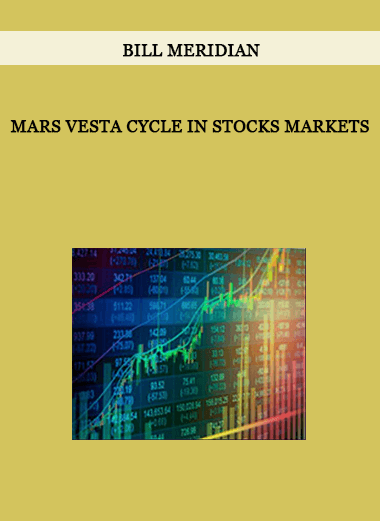

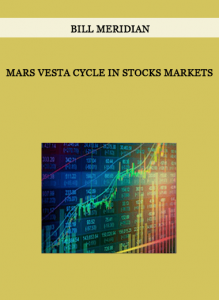



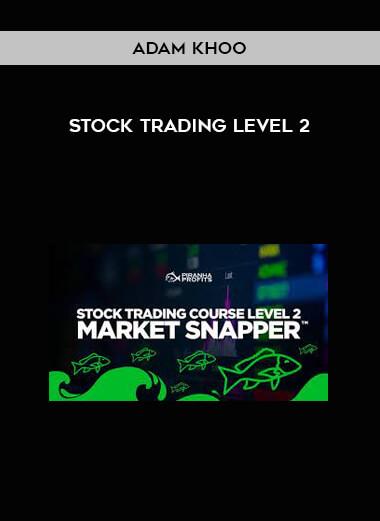
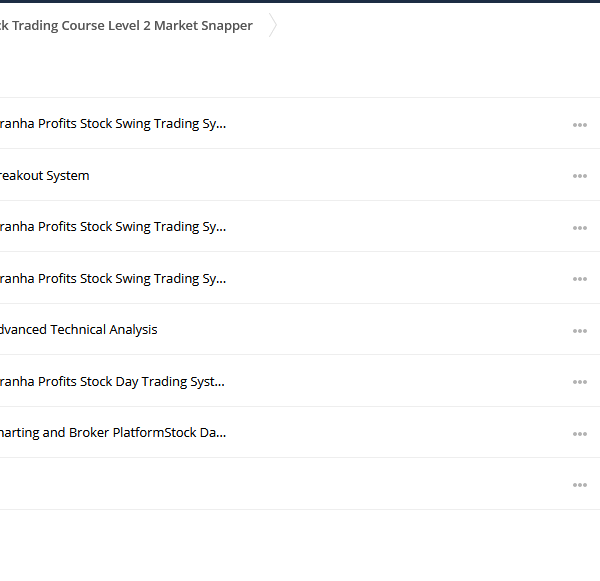
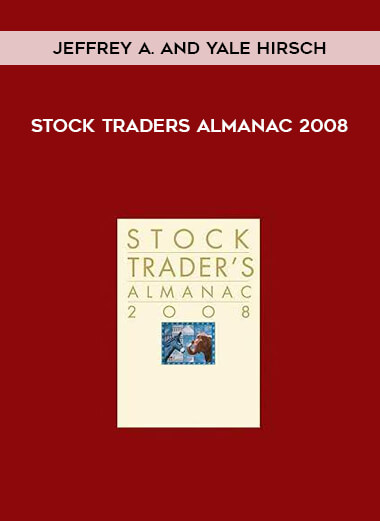

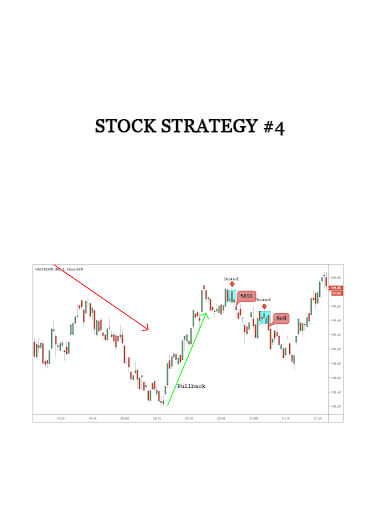
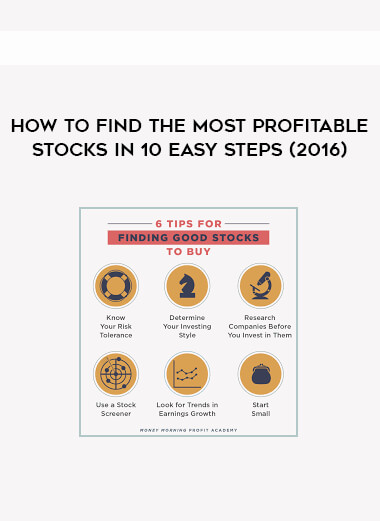
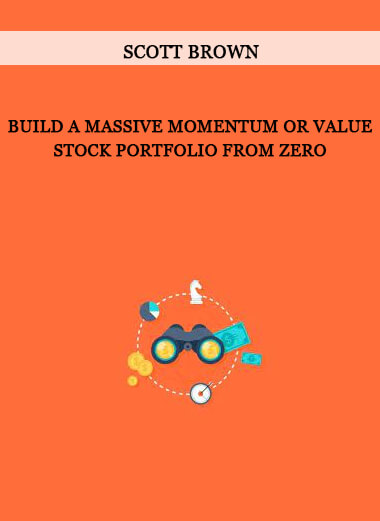





















Reviews
There are no reviews yet.